1. The importance of prevention and controlEnsure production safety:
Once a fire occurs underground in a coal mine, it will not only cause equipment damage and mine shutdown, but may also cause explosion accidents such as gas and coal dust, resulting in casualties and major economic losses. Therefore, effective fire prevention and control is an important measure to ensure the safety of coal mine production.
Protect the life safety of workers:
The toxic gases and high-temperature smoke produced by the fire pose a serious threat to the life safety of underground workers. By strengthening fire prevention and control, fire hazards can be discovered and eliminated in a timely manner, and the occurrence of fire accidents can be reduced, thereby protecting the lives of workers.
Reduce economic losses:
Fire accidents are often accompanied by huge economic losses, including equipment damage, resource destruction, and subsequent restoration and reconstruction costs. By strengthening fire prevention and control, the incidence of fire accidents can be reduced, thereby reducing economic losses.
Maintain social stability:
As an important energy industry, the safety of coal mines is directly related to social stability and economic development. Strengthening the prevention and control of underground fires in coal mines will help maintain social stability and promote sustained and healthy economic development.
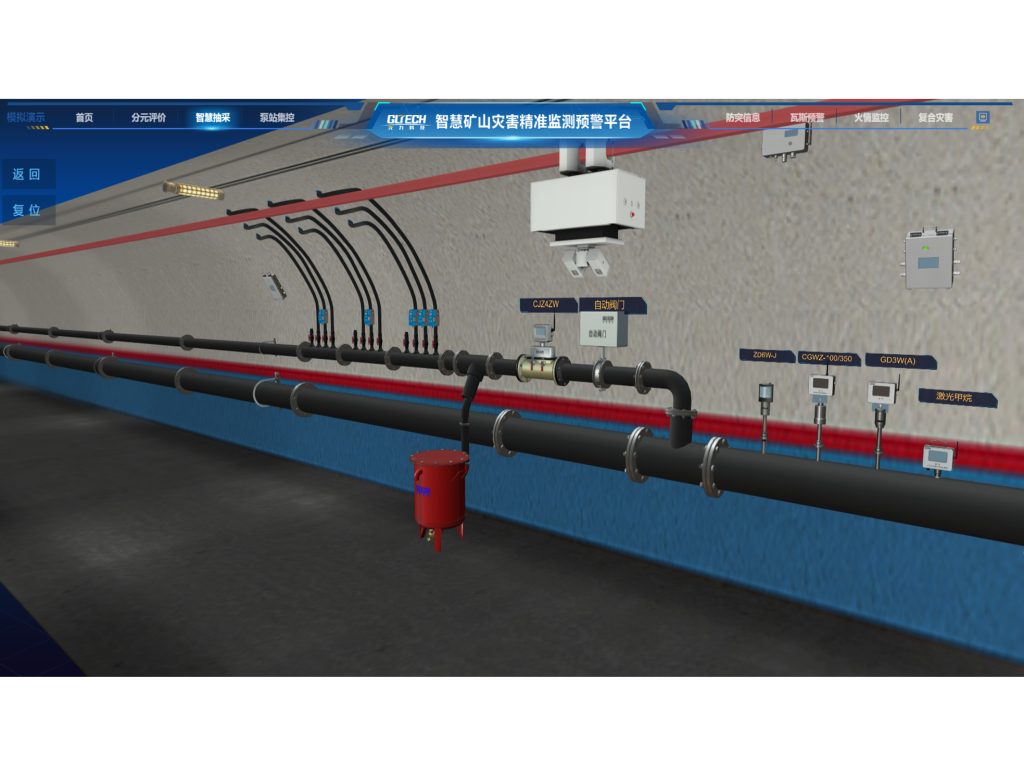
2. Prevention and control measures
Strengthen fire source management:
All personnel are prohibited from carrying tobacco and ignition tools into the mine; open flames and smoking are strictly prohibited underground; electric welding, gas welding and blowtorch welding are not allowed in the mine and in the wellhead room. Safety measures must be formulated and reported to the relevant departments for approval in special circumstances.
Electrical equipment management:
Explosion-proof or intrinsically safe electrical equipment must be used underground, and maintenance must be strengthened to ensure the good performance of the power system and electrical equipment; strictly control the use of electrical equipment to avoid overload operation; install protective covers for electrical equipment to prevent external factors from causing electrical failures.
Combustible material management:
Reduce the use and storage of combustibles, and try to use non-combustible or flame-retardant materials; standardize the storage of combustibles, store combustibles in a special warehouse, and keep a safe distance from the production area; regularly clean up combustible garbage and waste in the mine.
Ventilation system management:
Design a reasonable ventilation system to ensure smooth air circulation; regularly check ventilation equipment to ensure normal operation; monitor air quality in real time to detect and eliminate harmful gases in a timely manner.
Fire monitoring and alarm:
Install fire detectors, select appropriate detector types and arrange them reasonably; establish a fire alarm system, connect fire detectors to the alarm system to achieve automatic alarm and remote monitoring; regularly test the alarm system to ensure sensitivity and reliability.
Emergency plans and drills:
Develop emergency response procedures when fire occurs, including alarm, evacuation, fire extinguishing, rescue and other links; clarify the emergency responsibilities and tasks of each position; reserve sufficient emergency supplies; regularly organize fire emergency drills to improve the emergency response capabilities of miners.
Miner training and education:
Strengthen safety education and training for miners to improve fire prevention and extinguishing awareness; formulate and strictly implement complete operating procedures; punish violations of operating procedures to enhance the seriousness of the implementation of procedures.
In summary, the prevention and control of underground fires in coal mines is of great significance to ensuring production safety, protecting the lives of employees, reducing economic losses and maintaining social stability. By strengthening the management of fire sources, electrical equipment, combustibles, ventilation systems, fire monitoring and alarm, emergency plans and drills, and miner training and education, the incidence of fire accidents can be effectively reduced and their severity can be mitigated.
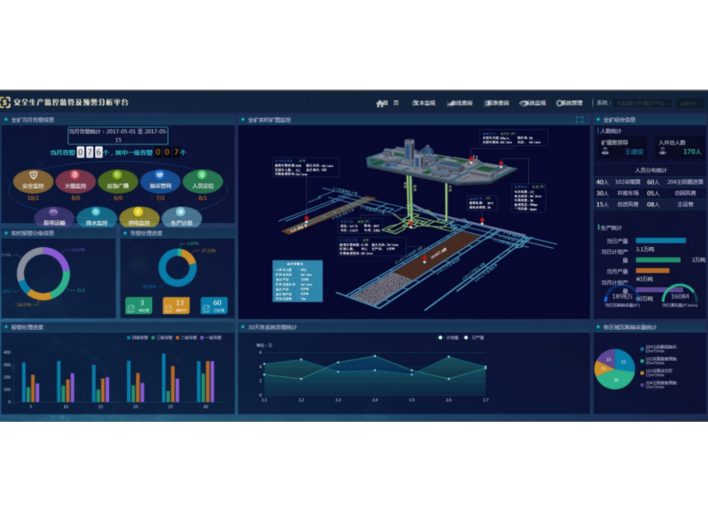
Description KJ835X is a next-generation comprehensive monitoring and communication system designed for the coal mining industry with IoT-based(Internet of Things) sensors and equipment. The system…
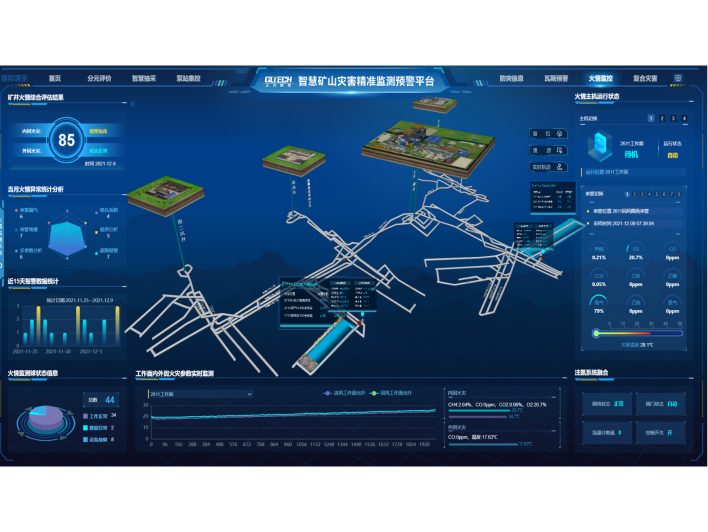
Description KJ751 is an efficient and accurate coal-seam degasification monitoring system. The gas drainage pipeline monitoring system is an IoT-based monitoring system that monitors real-time…
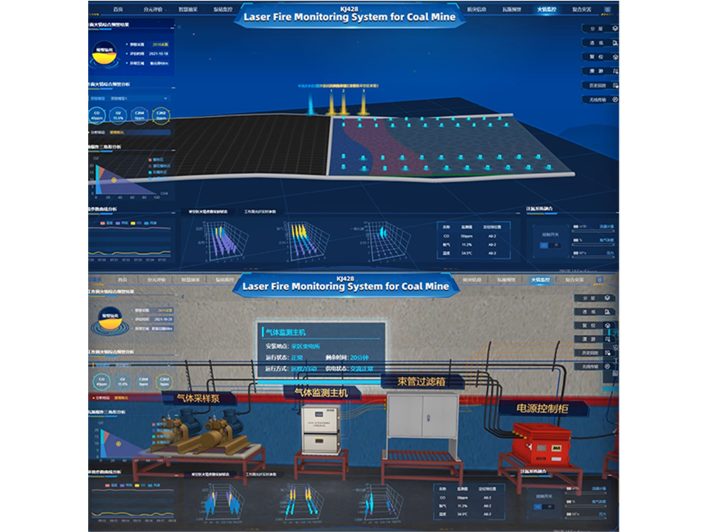
Description The KJ428 monitoring system is based on the principle of laser spectrum gas detection and DTS optical fiber technology, providing coal mines with a…
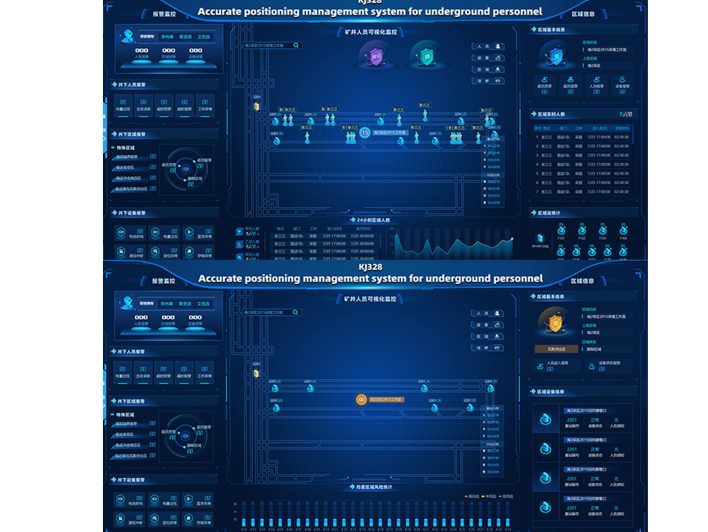
Description KJ1879J the underground personnel and equipment tracking system integrates multiple wirelesstechnologies (UWB, Lo Ra, WiFi, and 5G) to provide accurate tracking information andcommunication for…
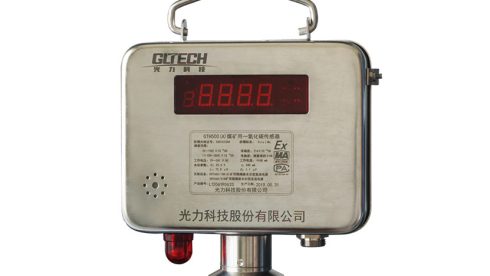 The Importance of Detecting Carbon Monoxide in Underground Coal Mines
The Importance of Detecting Carbon Monoxide in Underground Coal Mines
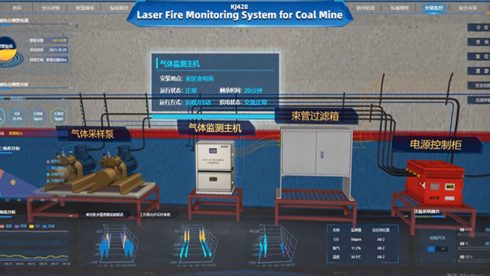 The Importance of Locating Fire Sources in Goaf Areas in Coal Mines
The Importance of Locating Fire Sources in Goaf Areas in Coal Mines
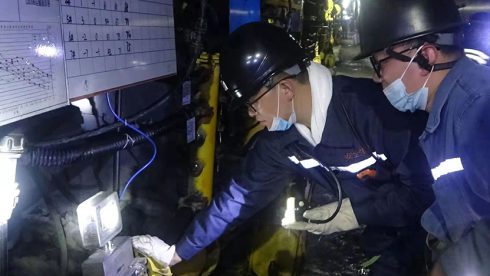 Measuring dust concentration is of great significance in coal mine safety production.
Measuring dust concentration is of great significance in coal mine safety production.
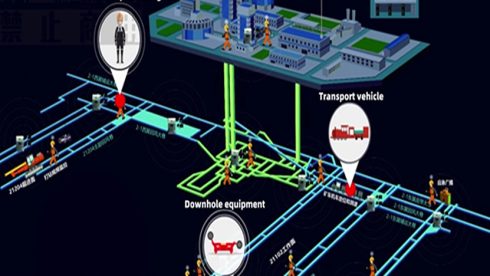 Application of Natural Disaster Monitoring and Personnel Safety System in Underground Coal Mines
Application of Natural Disaster Monitoring and Personnel Safety System in Underground Coal Mines
We will recommend you the most suitable option according to your working conditions.
Send request
PDF-request
Just fill out the form below and the catalog will be available for download!